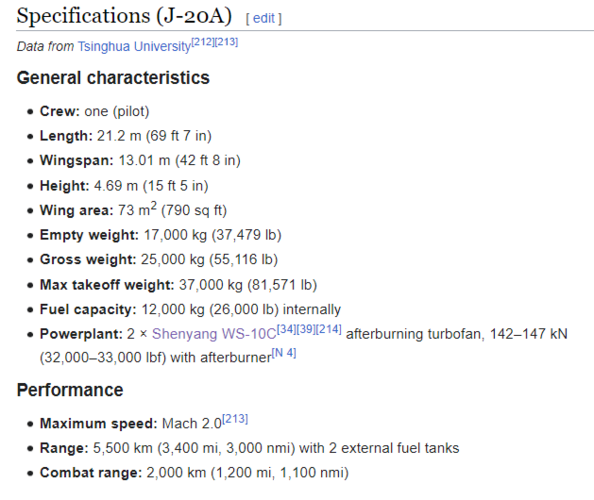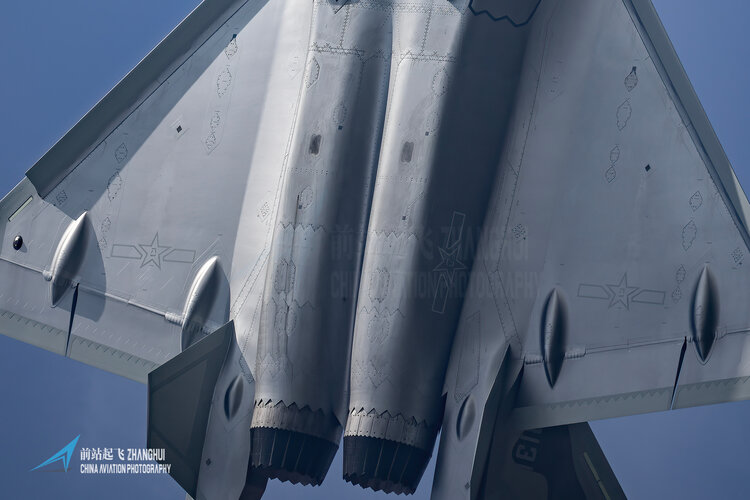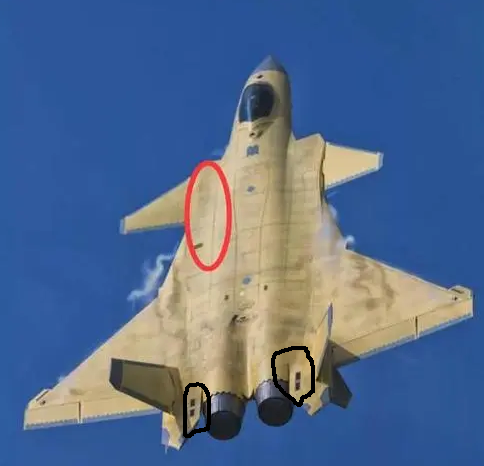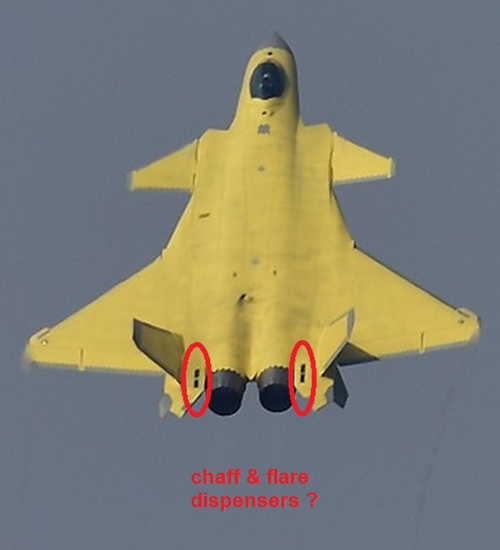The bottom line is that the aft canopy modification was most probably an effort to mitigate the canopy shock (both J-35 and J-20), which in fact will or can create a noticeable drag count rise. How they discovered it is irrelevant (quite frankly a simple CFD analysis will pick it up). As far as, AVIC acting as a conduit the transfer of data between SAC and CAC, it just does not happen that way. I have worked with AVIC and SAC prior to all the craziness in the world, and the sublevels of the AVIC organization or very compartmentalized. I suppose that it is possible that the information may transfer that way, but it is not very probable. What I have seen in the Chinese organizations is an attitude of "good is good enough". They probably knew that had a drag rise there but it was good enough. Furthermore, historically, it is somewhat common for Chinese aerospace firms to make late program modifications, and this is one of them.
Having had a look back over this program I'm not quite sure "good is good enough" is fully applicable. Just look at the amount of changes the J-20 underwent between the first prototype and current production aircraft. On the surface alone there must be hundreds. Some big, some small. They clearly spent a lot of time refining the aerodynamic as well as low observeable aspects. Canopy shape was one of the things that received refinement with prototype 2017s introduction compared to earlier serials. That shape has stayed as the current baseline. So already there was a small change to something they saw as an improvement.
This latest change comes after years of flying the aircraft operationally which tells me, like other have also said here, that they learned that certain compromises made in the name of better visibility for example wasn't worth the trade-off under operational conditions. It points to J-20s operational docturine as much as it does to their aerodynamic proficiency. It also won't surprise me if this knowledge has been around for a couple years now (look at F-35 too as an example perhaps) but J-35 still being under full-scale development was just in a better position to incorporate the required changes earlier.






